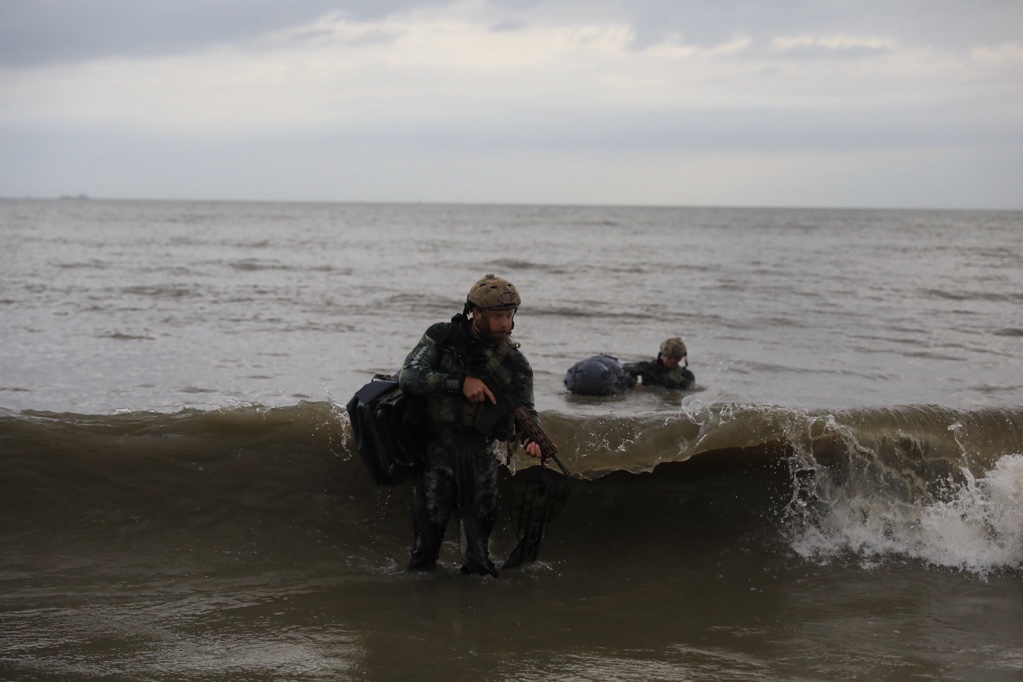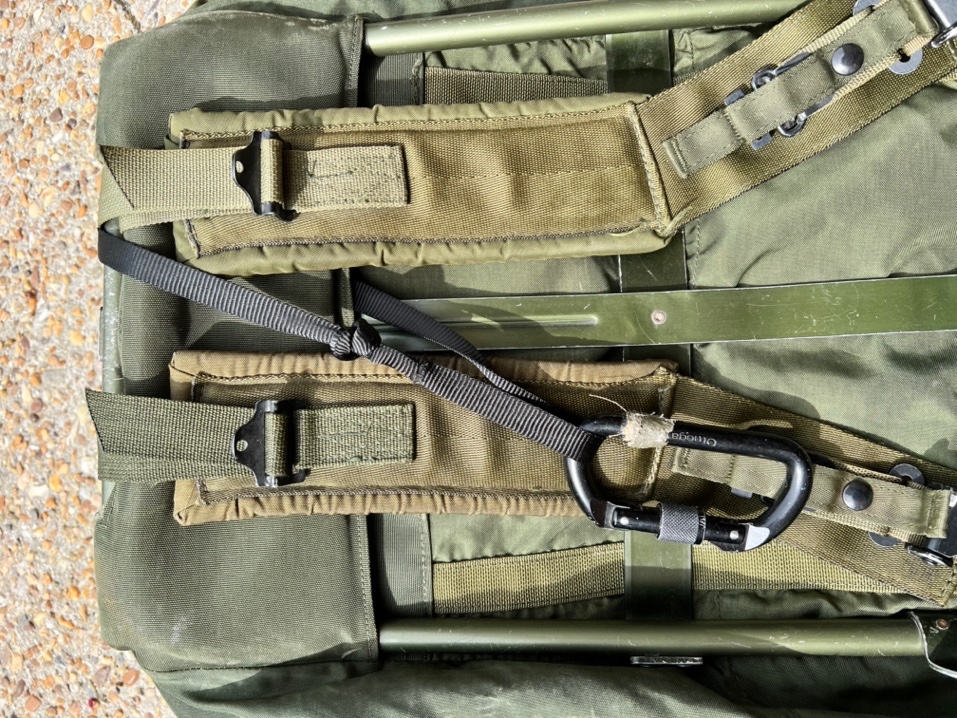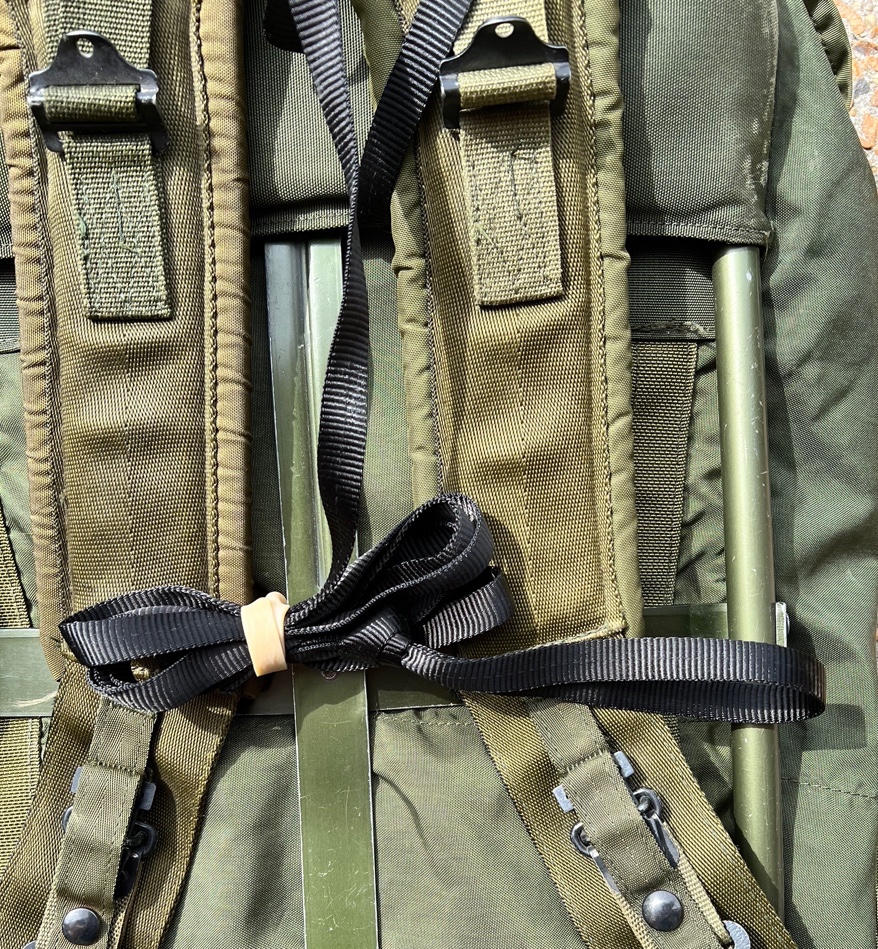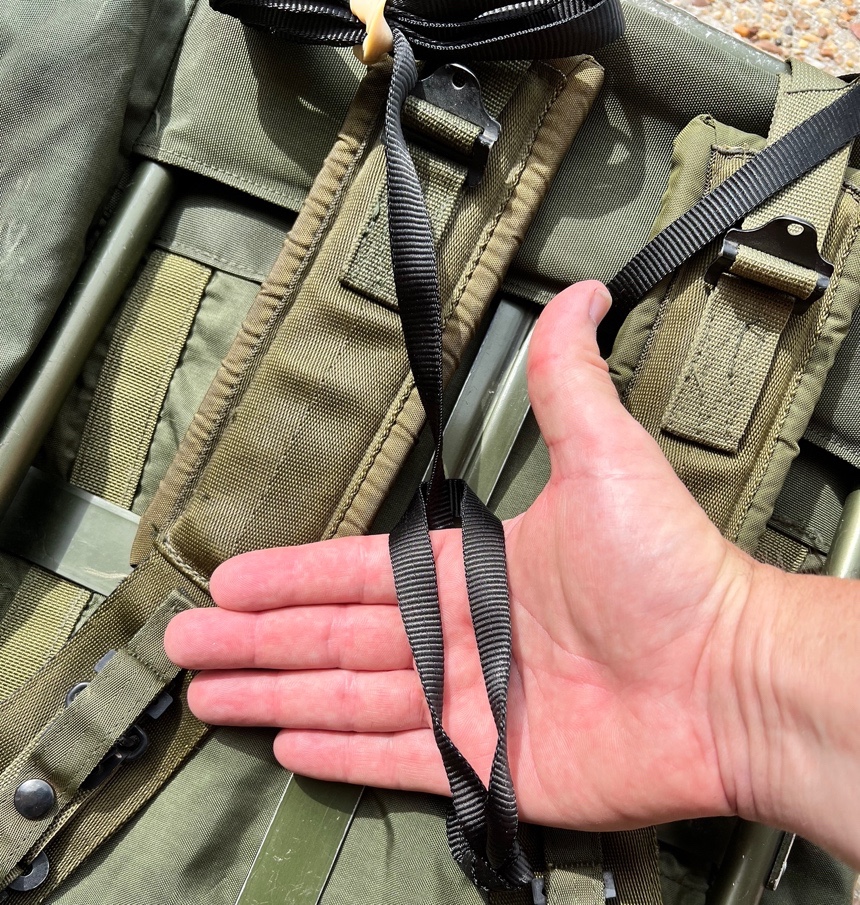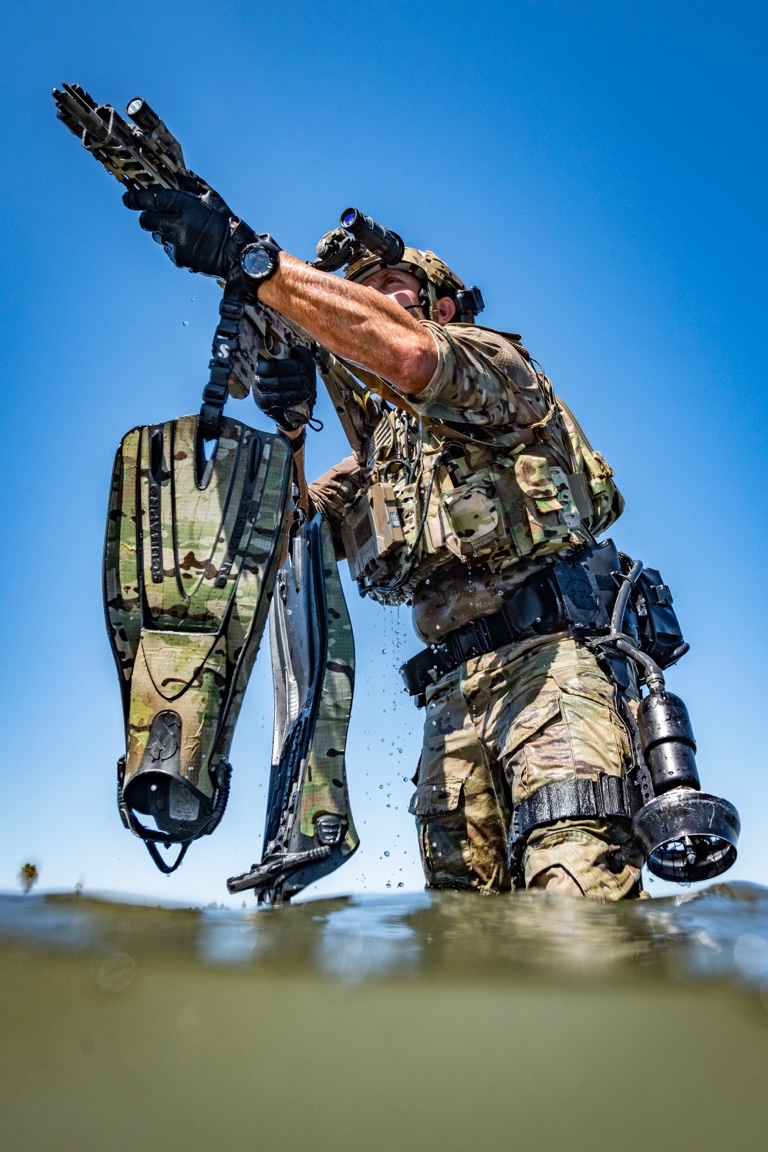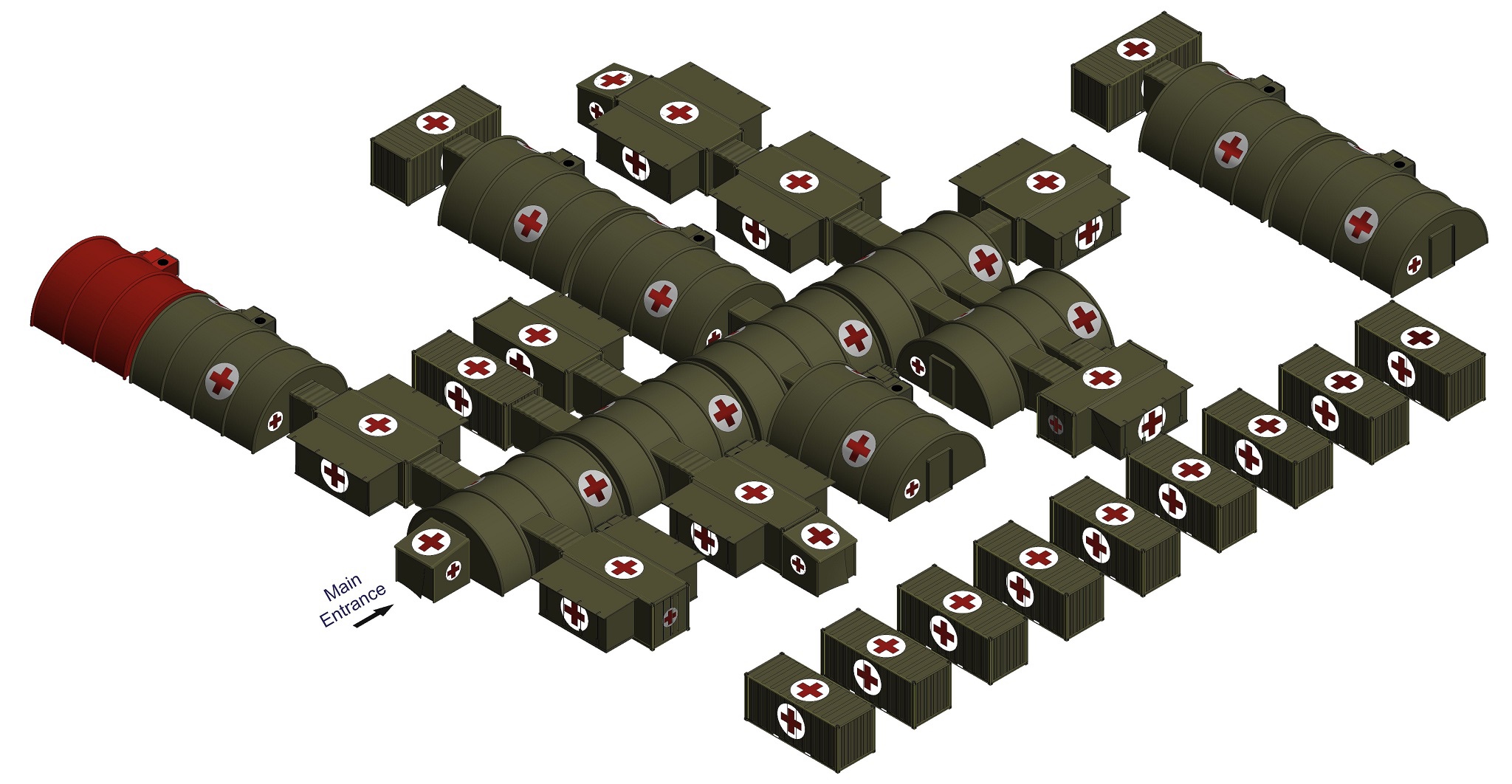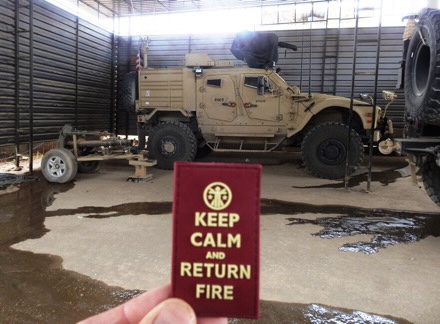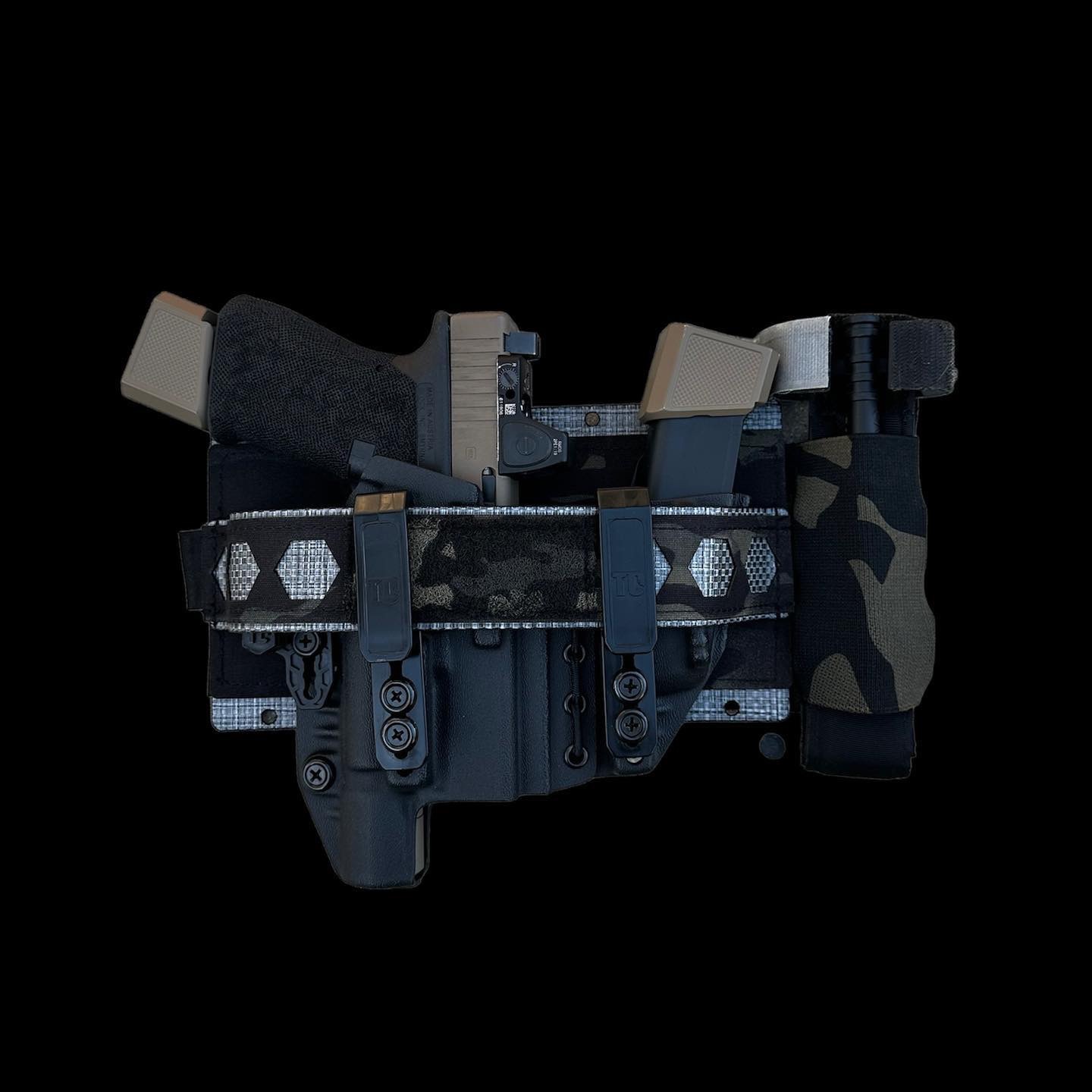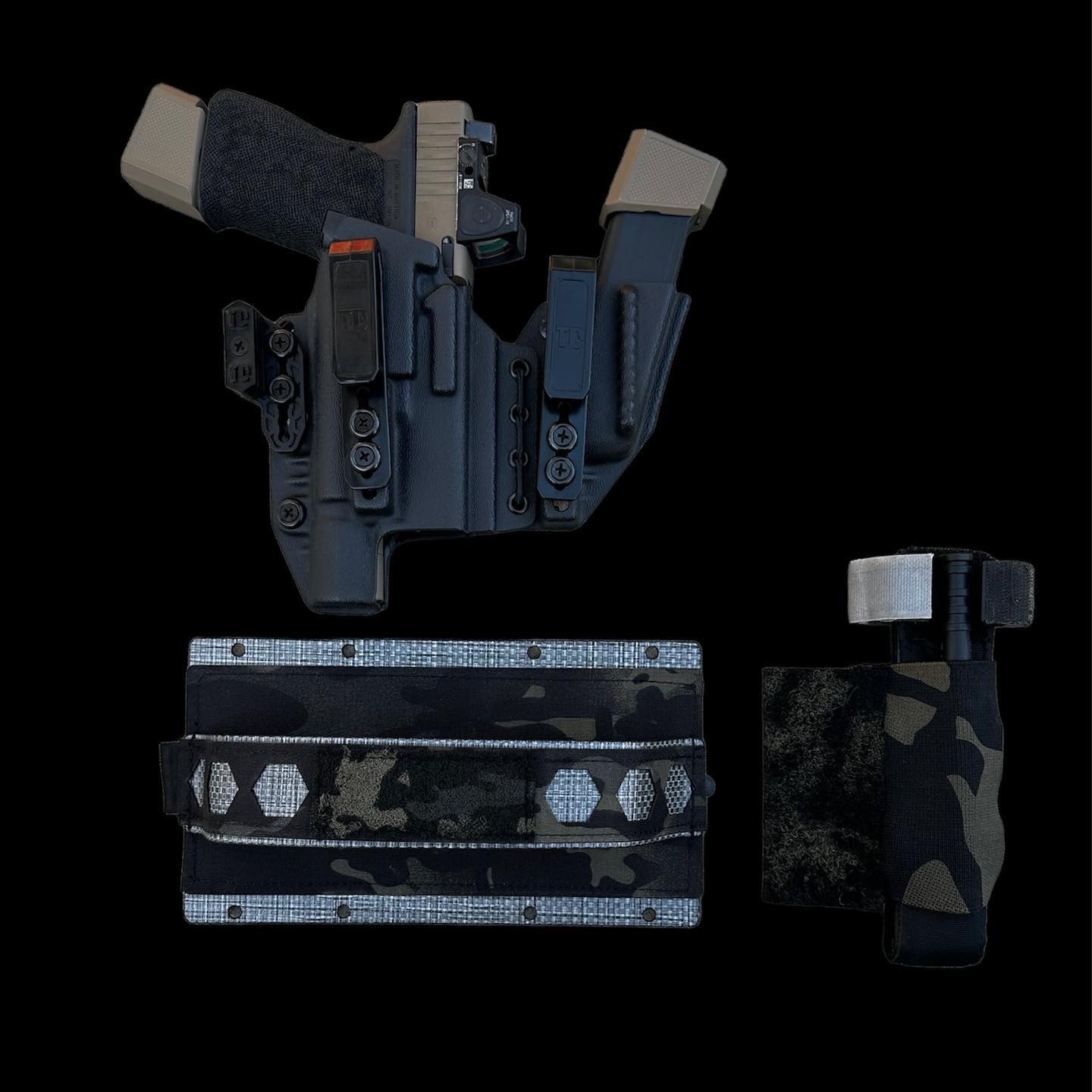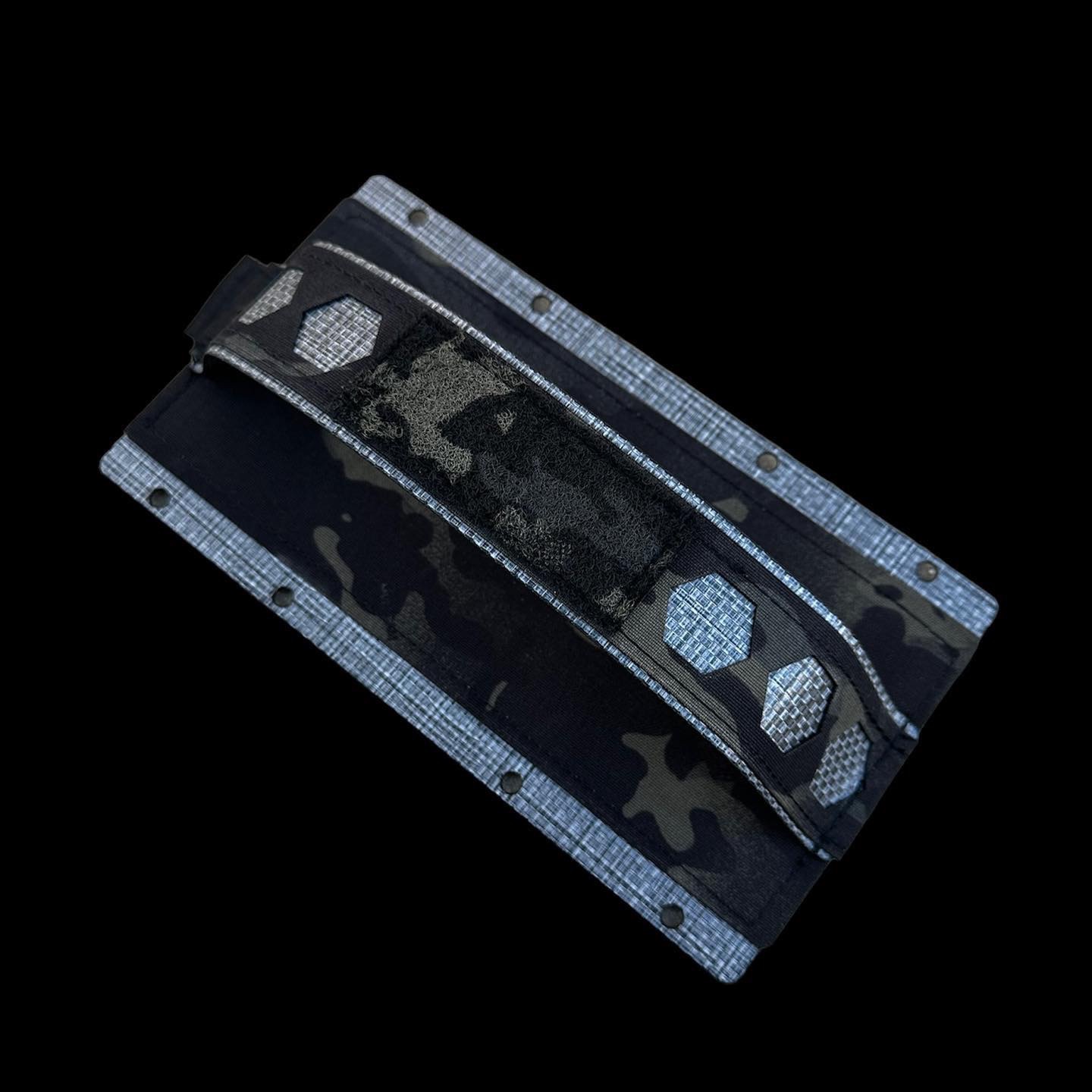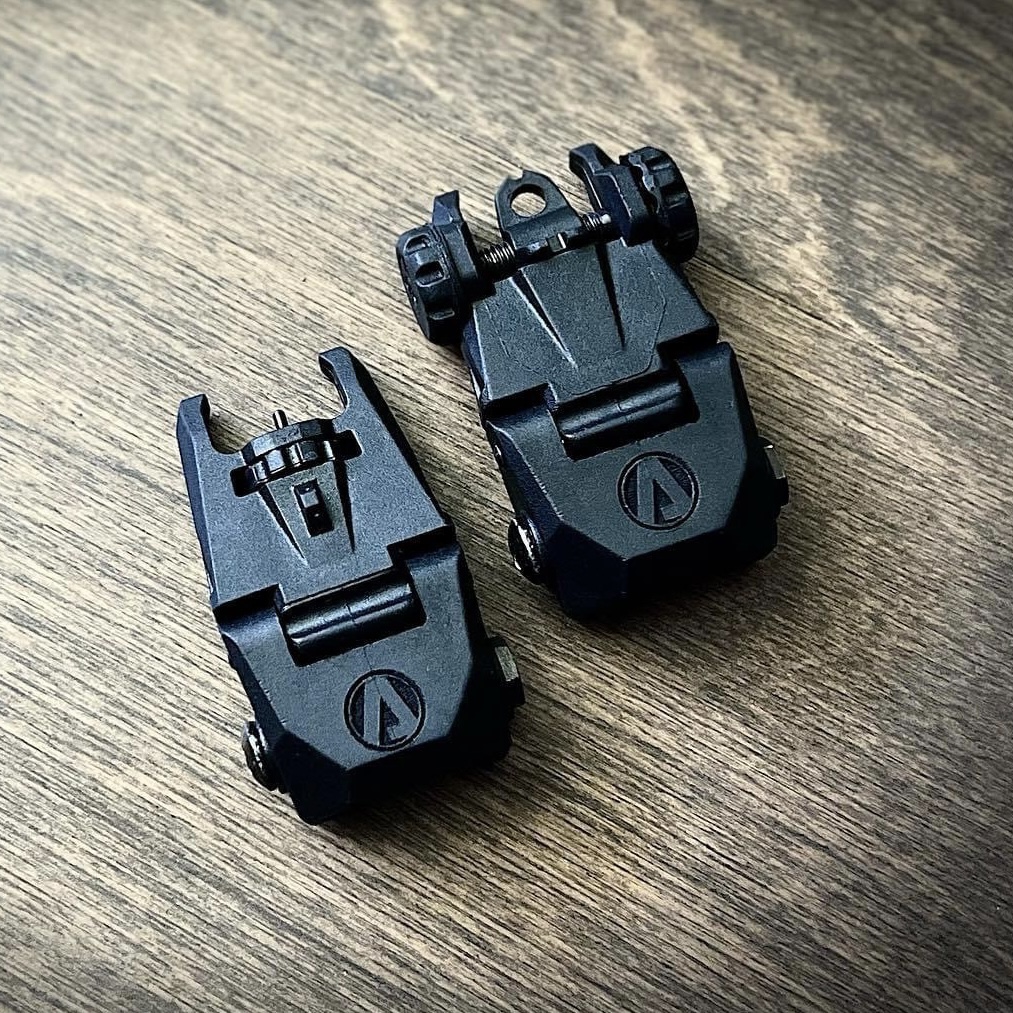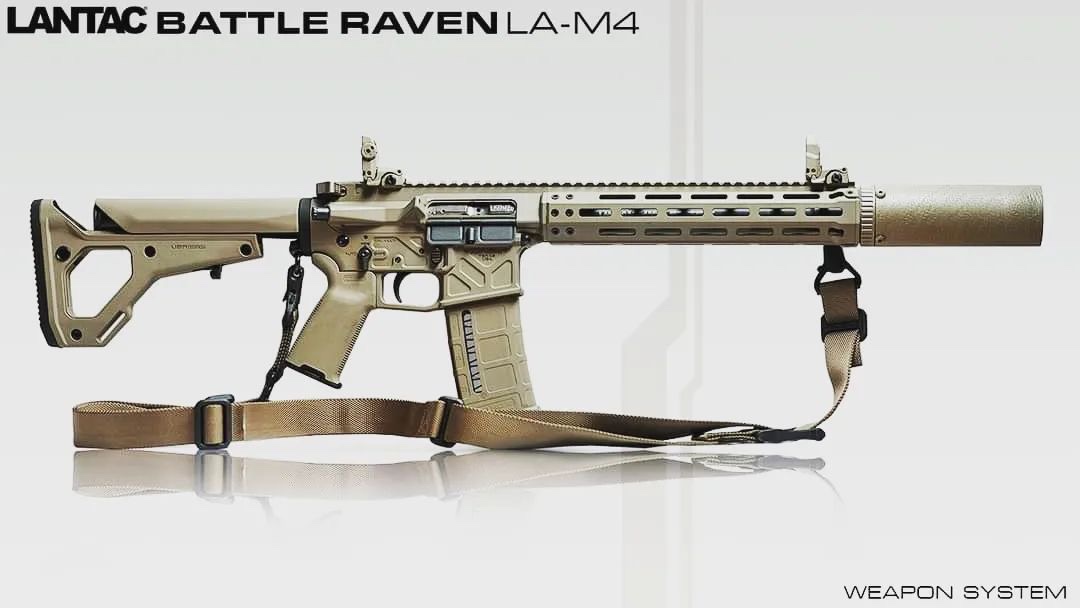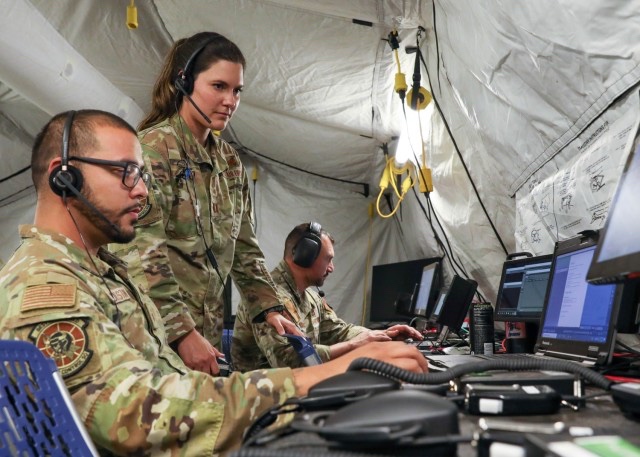The Department of Defense (DoD) is requesting prototype solutions for its Growing Additive Manufacturing Maturity for Airbreathing Hypersonics (GAMMA-H) challenge as part of the Department’s ongoing efforts to expand current manufacturing processes to intricate hypersonic weapons parts.
Currently, traditional manufacturing processes are unable to meet the intricate geometric specifications that advanced hypersonics require. GAMMA-H will contribute towards advancing additive manufacturing processes that can meet the propulsion and temperature requirements that modern hypersonic airbreathing systems demand. “We need to be pushing the envelope with materials produced using the additive manufacturing process” stated Keith DeVries, Deputy Director of the OSD Manufacturing Technology Program (ManTech). “The science has proven it’s possible, but the practice is not widespread enough. GAMMA-H will encourage further adoptions of this groundbreaking technology,” he said.
The objective of GAMMA-H is not only to decrease the number of individual parts that need inspection, shipment, and construction through additive manufacturing, but also to give small businesses and non-traditional defense contractors opportunities to engage in defense manufacturing. “GAMMA-H solutions will bring significant improvements to how we apply additive manufacturing to airbreathing hypersonics. This will only be achieved through the partnership of large companies, small businesses, and academia,” noted DeVries. He added, “We are very interested in expanding our roster of partners — of all sizes — that are contributing to the hypersonic mission.”
The GAMMA-H Request For Solutions (RFS) was released in October 2022, National Manufacturing Month. Supported by the Fabricators and Manufacturers’ Association (FMA) along with the National Association of Manufacturers (NAM), Manufacturing Month is a national effort to promote manufacturing practices and processes, as well as to highlight efforts across the nation to train the workforce needed to support domestic manufacturing.
“National Manufacturing Month gives a voice to the national manufacturing base and encourages the small and medium manufacturing base to engage in all advanced manufacturing practices,” stated DeVries. “By tapping into the innovations of our advanced manufacturing base, the DoD will be better positioned to solve the hypersonics airbreathing maturation challenge.”
The GAMMA-H prototype opportunity is scheduled to be released through an Other Transaction Agreement (OTA) vehicle from the Strategic & Spectrum Missions Advanced Resilient Trusted Systems (S2MARTS) with joint support from OSD Manufacturing Technology Program (ManTech) office.
About S2MARTS
Managed by the National Security Technology Accelerator (NSTXL), the Strategic & Spectrum Missions Advanced Resilient Trusted Systems (S²MARTS) is the premier rapid OT contracting vehicle for the Department of Defense (DoD) in trusted microelectronics, strategic & spectrum mission, and other critical mission areas.
Learn more about S²MARTS and explore open opportunities at s2marts.org. To be notified when new S²MARTS opportunities are posted, subscribe to NSTXL and they will be sent to your inbox, no membership required.
About OSD ManTech
The Office of the Secretary of Defense Manufacturing Technology (OSD ManTech) Program seeks to enhance the national security of the United States by furthering advanced manufacturing technologies and processes through joint, interagency, and public-private collaborations. Located within the Science and Technology Futures Program under the Office of Under Secretary of Defense for Research and Engineering, the OSD ManTech Program focuses heavily on satisfying the manufacturing technology needs for the DoD’s critical technology areas. These areas include Biotechnology, Quantum Science, Future Generation Wireless Technology (FutureG), Advanced Materials, Trusted AI and Autonomy, Integrated Network Systems-of-Systems, Microelectronics, Space Technology, Renewable Energy Generation and Storage, Advanced Computing and Software, Human-Machine Interfaces, Directed Energy, Hypersonics, and Integrated Sensing and Cyber.
About USD(R&E)
The Under Secretary of Defense for Research and Engineering (USD(R&E)) is the Chief Technology Officer of the Department of Defense. The USD(R&E) champions research, science, technology, engineering, and innovation to maintain the United States military’s technological advantage. Learn more at www.cto.mil, follow us on Twitter @DoDCTO, or visit us on LinkedIn at www.linkedin.com/company/ousdre.


